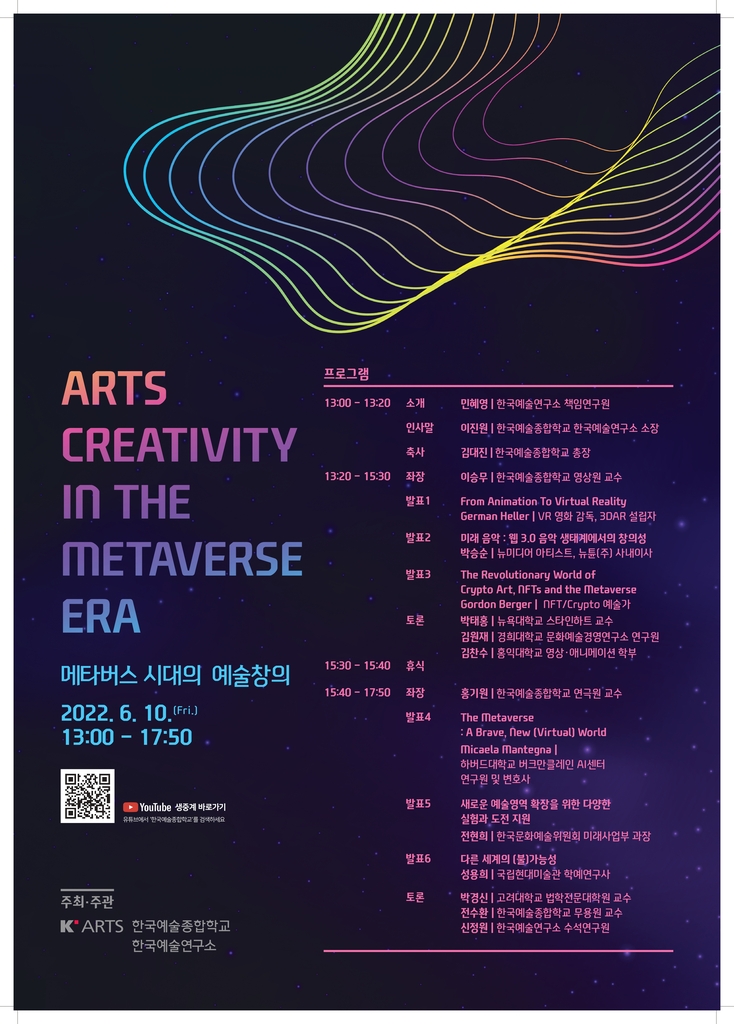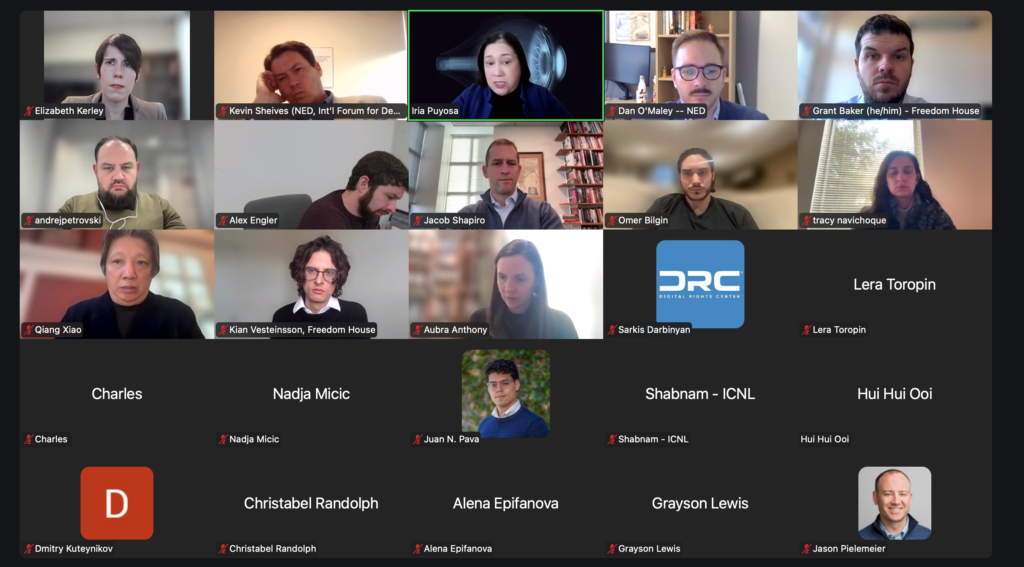
K.S. Park’s presentation at Conference “Arts Creativity in the Metaverse Era”, June 10, 2022, hosted by 한국예술종합학교
Freedom of speech
Metaverse is an imaginary world where people communicate with one another. Communication is speech and any regulation on communication frictions with freedom of speech. The most important area of law on metaverse is how and whether the virtual world made up of communication should be treated in relation to the real world. When we watch movies, characters kill one another and we do not treat killings there as murders as we evaluate actors and producers. The difference for metaverse is that the characters are bound up with our identities. Is that difference sufficient to justify punishing virtual actions? Actors and actresses, real people, play certain persona. Their identities are bound up with persona that they play. We do not treat actions upon persona as actions upon the actors. Furthermore, There are movies modeled after real-life events and characters, and featuring injuries and harms committed on the movie characters is not treated or evaluated as the injuries and harms suffered by the people represented by the actors.
Another issue is that the link to the real identities can be an hindrance to such equivalent treatment. If a child’s avatar is sexually violated in the metaverse, is that punishable as child sexual abuse if the avatar is a male adult in his 60s? What is more important, who should be punished? The perpetrating avatar or the operator of that avatar? One may argue that the metaverse in the future may raise the inter-action between avatars to a physical level such as literally an intercourse.
However, technologically, it is likely that your metaverse avatar will be equipped with a exit switch and will have signed a contract that you are aware of the exit switch and your ability to exit anytime and that any continued engagement will be at your own risk. How you prove lack of consent in such setting will be a challenge.
Trademark and copyright
The second area of law on metaverse is whether the laws directly inherently interfering with communication for economic reasons are applicable, for instance intellectual property law, which regulates what symbols we can use in communications and what designs and visual material we can use in communication. Can intellectual property in metaverse be truly sustainable?
When we watch movies and movie characters use Gucci goods, Gucci does not charge the film producer any royalty for using Gucci trademarks. Trademark is the law protecting candor in commerce about the source of goods. As long as the film producer does not deceive the film audience about the source of the film, candor is preserved and there is no consequence under trademark law. The law of dilution may apply in a sense that the distinctive ability to conjure up an image of the good quality bag maker is being diluted as the trademark is used. However, as long as Gucci trademarks are presented as being used on Gucci bags, there is no dilution loss there because the trademark will continue to make people remember Gucci as the great bag maker.
Also, when we watch movies and movie characters use items such as clothing, furniture, cars, and other functional items, there is no copyright issues because copyright is carefully carved around the edges so that it does not step on the realm of patents and therefore does not protect useful inventions. For this reason, only non-functional decorative design elements are protected copyright, and this is why most of the 3-dimensional house items are not given copyright on their designs. This means that having avatars drive a Porsche will not violate any of Porsche’s copyrighted design (not trademark either for the reason stated above).
It will be different if the avatars watch or play a movie or a display a painting or a sculpture and other items of audio-visual pleasure as they are clearly protected by copyright. Even then, the doctrine of fair use is available for the avatar users as long as their use of the copyrighted material constitutes a “transformative use” (i.e., new creations independent of the original work such as parody) and is limited to the extent necessary for such use. Many usage of the copyrighted material within the metaverse can be contextualized in that way. More importantly, much of the in-metaverse usage of the copyrighted material may take place in private contexts such as one-to-one encounter or in-room encounters hidden from the public, in which case much of the usage may not implicate copyright at all.
Economics
The third area of law is economic. The question is whether the value within the metaverse is sustainable. Digital beings can be always copied ad infinitum and therefore they cannot be the receptacle of value. Of course, NFT artificially creates scarcity, enhancing the value of digital works. However, digital copies can be always made by those who want to enjoy the NFT-ed works. Furthermore, new similar worlds can be always made, meaning that the value created in metaverse can be always copied in another metaverse. Facing these fundamental problems, can the economic activities within the metaverse sustain value? Of course, the eco-system built around crypto-currencies and play-to-earn game items and cash clearly show that they are sustainable but then again the recent Luna-Terra crash also showed the opposite. I think that this is where metaverse and crypto-currencies are joined in their fate. Much of the value creation within metaverse is not just a metaphor
Artificial Intelligence
Whether to recognize copyright in AI’s creations (i.e., AI user or AI creator) – AI is the extreme end of a spectrum including all software automating creative activities, including word-processing software, synthesizer, etc., is critical. Now, mostly user’s control using basic software is overwhelming on the creative process but such control is weak when the software is AI. Creator’s involvement comes from control of the AI. The purpose of copyright is to promote art and culture by incentivizing human intellectual efforts expended in such artistic and cultural creations. Then the output of AI is not an expression of author’s feelings or thoughts if the AI user’s control is limited to providing input. If there is anything copyrightable, it is the input of AI’s user and it is AI user’s intellectual ability that is worth incentivizing through copyright protection. This means that the copyrightability of AI’s creation will be decided by a rather quotidian analysis of how original AI user’s input is. Whether AI (the robot itself) can have copyright is a completely different matter.

0 Comments